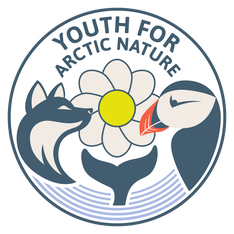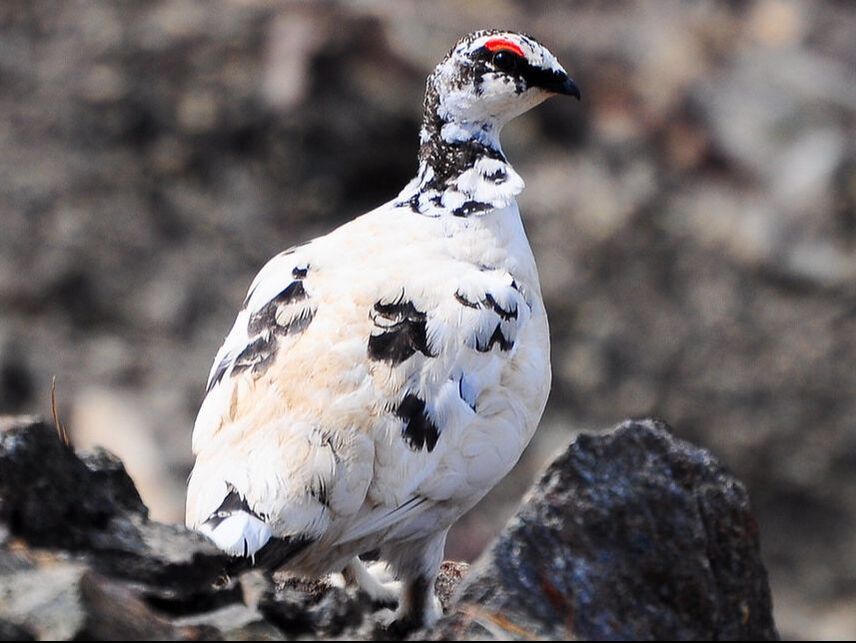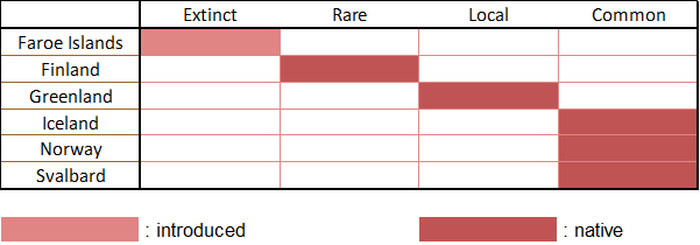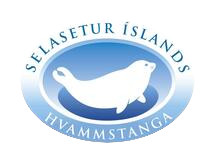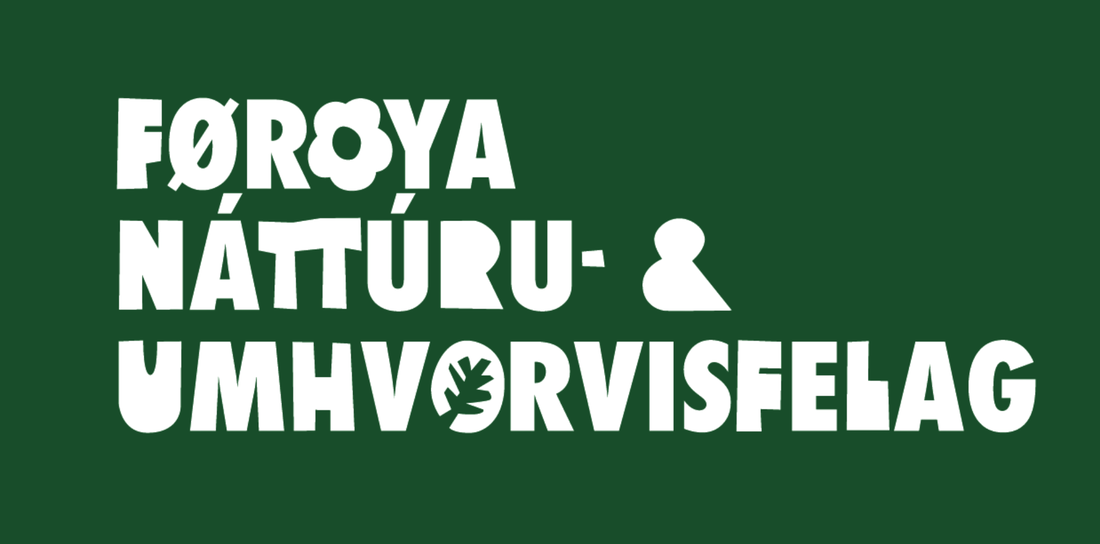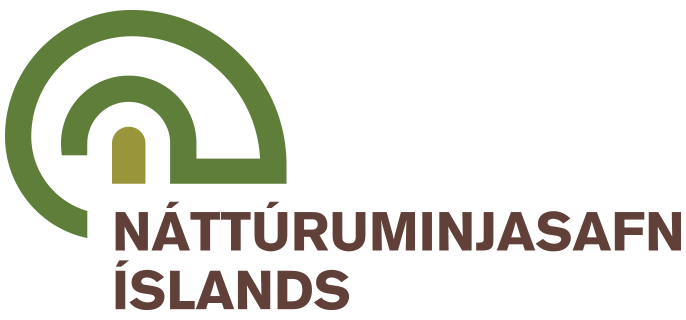|
Vulnerability: least concern (population decreasing) Invasive: no Identification: difficult Monitoring: difficult |
|
What is it? The rock ptarmigan is a small grouse species that is found in subarctic and Arctic areas of tundra, sparsely vegetated land, and rocky ground. It is 34 to 36cm in length, for a wingspan of 54-60cm, and a weight of 440–640g. The male and female are approximately the same size, but the male has a more pronounced red eyebrow or "comb". In the winter, both sexes are completely white except for the underside of the tail. Then, both sexes moult, the male later in the year than the female (see picture on the right showing a molting male). In the summer, both sexes are brown with with on the wings and underparts. |
|
Where is it? The rock ptarmigan is circumpolar, present in northern Canada, Alaska, northern Europe, Greenland, Svalbard, and Siberia. More precisely in the East Atlantic Arctic, it is found in coastal Greenland (except for the North), all around Iceland, and in coastal Fennoscandia. Svalbard has a specific subspecies, the Svalbard ptarmigan, which is found throughout the islands. The species was introduced a few times to the Faroe Islands for hunting, where it is now extinct.
|
|
Interesting facts |
- The rock ptarmigan has been introduced to some islands of the southern hemisphere: New Zealand, South Georgia, the Kerguelen Islands, and the Crozet Islands.
- The populations of rock ptarmigan are decreasing throughout most of Europe, but it is popular game bird and is not strictly protected in most of its range.
Pictures
- Cover picture: "Rock Ptarmigan (Lagopus muta)" by Gregory 'Slobirdr' Smith is licensed under CC BY-SA 2.0
- Presentation picture: "Rock Ptarmigan" by USFWSAlaska is licensed under CC BY-NC-ND 2.0
References
- BirdLife International (2021) Species factsheet: Lagopus muta. Downloaded from http://www.birdlife.org on 07/12/2021
- Long, John L. (1981). Introduced Birds of the World. Agricultural Protection Board of Western Australia, pp. 21–493. ISBN 9780876633182
